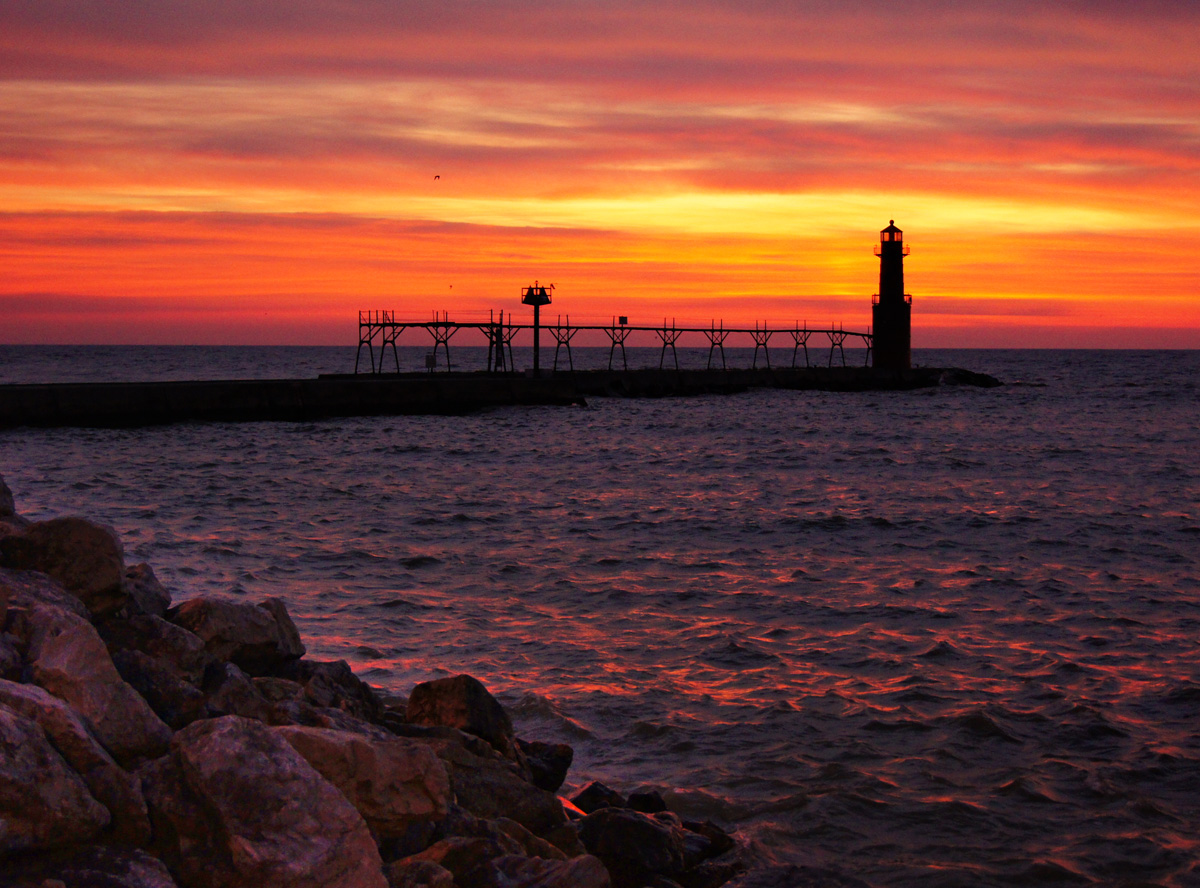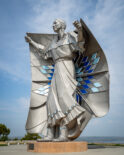Red Sky at Morning
 This scene reminded me of the the old adage “Red sky in morning, sailor’s warning. Red sky at night, sailor’s delight. ”
This scene reminded me of the the old adage “Red sky in morning, sailor’s warning. Red sky at night, sailor’s delight. ”
I don’t recall the weather turning bad on the day this photo was taken, but then I wasn’t sailing either. We did have overcast skies with a little drizzle.
I did a little research on the common saying and found this interesting comment on Wikipedia…
The rhyme is a rule of thumb for weather forecasting, dating back over 2,000 years, based on the reddish glow of the morning or evening sky, caused by haze or clouds related to storms in the region. Due to the rotation of the Earth, from west to east, storm systems tend to travel eastward across a local region of the globe. A reddish sunrise, caused by particles suspended in the air, often foreshadows an approaching storm, which will be arriving from the west, within the day. Conversely, a reddish sunset often indicates that a storm system is on the east side (opposite the sunset), travelling away from the viewer. A similar movement is noted all around the world, in both the northern and southern hemisphere. There are occasions where a storm system might rain itself out before reaching the observer (who had seen the morning red sky). However, for ships at sea, the wind and rough seas, from an approaching storm system, could still be a problem, even without rainfall.
To get a better view, click on the photo and a larger version will pop up.





















































